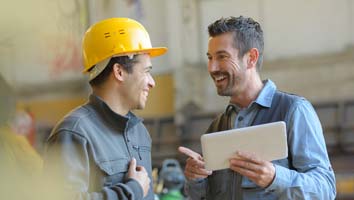
Rodents Control Dubai
Mar 15 - 2024

03
Jan
MIAMI — For decades, South Florida schoolchildren and adults fascinated by far-off galaxies, earthly ecosystems, the proper ties of light and sound and other wonders of science had only a quaint, antiquated museum here in which to explore their interests. Now, with the long-delayed opening of a vast new science museum downtown set for Monday, visitors will be able to stand underneath a suspended, 500,000-gallon aquarium tank and gaze at hammerhead and tiger sharks, mahi mahi, devil rays and other creatures through a 60,000-pound oculus.
Lens that will give the impression of seeing the fish from the bottom of a huge cocktail glass. And that’s just one of many attractions and exhibits. Officials at the $305 million Phillip and Patricia Frost Museum of Science promise that it will be a vivid expression of modern scientific inquiry and exposition. Its opening follows a series of setbacks and lawsuits and a scramble to finish the 250,000-square-foot structure. At one point, the project ran precariously short of money. The museum high-profile opening is especially significant in a state s
Mauna Loa, the biggest volcano on Earth — and one of the most active — covers half the Island of Hawaii. Just 35 miles to the northeast, Mauna Kea, known to native Hawaiians as Mauna a Wakea, rises nearly 14,000 feet above sea level. To them it repre sents a spiritual connection between our planet and the heavens above. These volcanoes, which have beguiled millions of tourists visiting the Hawaiian islands, have also plagued scientists with a long-running mystery: If they are so close together, how did they develop in two parallel tracks along the Hawaiian-Emperor chain formed over the same hot spot in the Pacific Ocean — and why are their chemical compositions so different? "We knew this was related to something much deeper, but we couldn’t see what,” said Tim Jones.